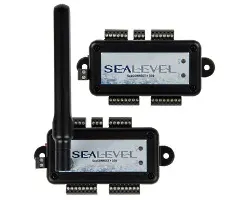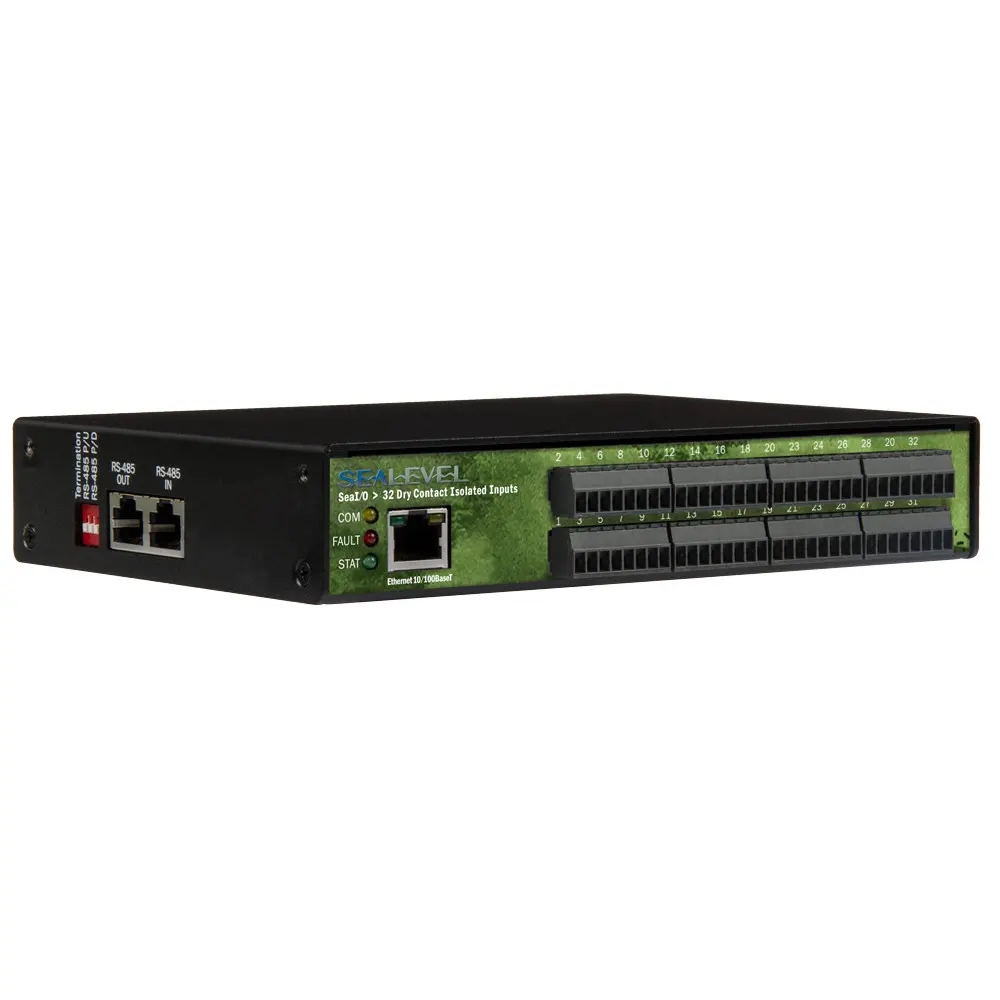The Top Trends Influencing I/O Systems Design

Members of Sealevel’s sales team share their observations and predictions as to the top trends – and challenges – that are influencing and changing I/O systems design.
Supply Chain
“Not only have customer requirements evolved as technology is released, but factors such as supply chain and long-term availability play a large role in I/O systems design,” says Joe Albertson, Western Regional Sales. “In today’s market, components can be difficult to acquire so more designs are based on components readily available for the next 10+ years. Security also plays a large role as we ensure customer data is protected.”
Retrofitting Machines and Processes
“One of the biggest trends has been the shift to more companies of all sizes retrofitting older machines and manufacturing processes with advanced electronics for remote monitoring and control. Many companies have embraced the use of cloud computing, analytics and AI to improve quality, streamline production, detect safety issues and to cut costs. In order to facilitate this trend companies are turning to I/O manufacturers to design and develop smarter, more advanced I/O products that integrate embedded computing technology with the I/O required to interface to a vast assortment of sensors. These devices offload some of the computing from the host computer and push it closer to the edge. This shift to using edge computing allows manufacturing operations to use the data that they are gathering right at the source which minimizes the latency time from when data is gathered to when a response to that data is required which facilitates the near-real-time actions required by smart factories,” says Marc Foster, Western Regional Sales Manager.
IIoT and Industry 4.0
“IIoT plays a large role in new designs of I/O products,” says Albertson. “An increasing number of customers are looking for a way to integrate I/O products with their existing systems, but they desire access to this data from anywhere in the world.”

“The freedom IoT brings to the industry has the potential to increase the customer base of every I/O company in the market. However, there will always be a need for locally hosted I/O systems for real-world applications.”
“Industrial IoT and Industry 4.0 has driven the development of smarter I/O devices that integrate edge computing capability with various types of I/O. It has also driven the development of gateway devices that are designed to connect to old I/O devices, like some PLCs, to take the data that they gather and send it to the cloud. These devices utilize advanced embedded processors that are both high performance and reliable enough to be used in critical industrial operations,” says Foster.
External Modules & Ethernet
“From a big picture standpoint, I find customers have a greater interest in using I/O to obtain real-time data for analytical and preventative maintenance purposes. Customers recognize this data as valuable to increasing productivity as well as profitability.”

“We’ve also seen a shift more towards external modules, especially Ethernet-based I/O which makes decentralization of hardware easier, “ says Clay Counts, Eastern Regional Sales.
“The number one trend driving development in the I/O systems market is the move to Ethernet,” says Albertson. “More and more customers are moving to IP-based systems due to the reliability and flexibility Ethernet provides, which is driving the requirement for more Ethernet-connected products and Ethernet serial servers.”
Blurring the Lines Between Sensors, I/O and Traditional Embedded Computers
“In the future, I/O devices will continue to become smarter, and the line between sensors, I/O devices, and traditional embedded computers will become blurred. The devices will become easier to use, and the use of wireless devices and sensors will become more common. Also, the number and types of applications will continue to become more diverse as more companies find ways of creating value by implementing I/O capabilities. I/O, IIoT, and cloud-based computing will be utilized in every aspect of business, and every market,” says Foster.
Sealevel’s team of sales representatives and applications engineers are available to discuss trends in I/O as well as products to meet your specific requirements by calling 864.843.4343 or emailing sales@sealevel.com.
Categories:
